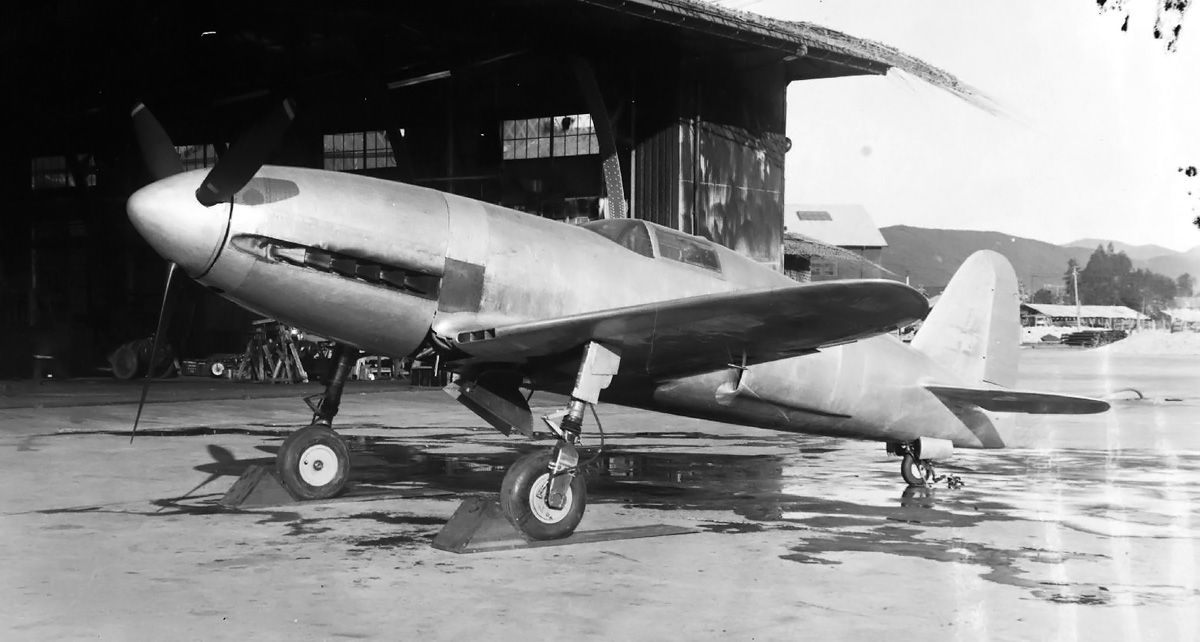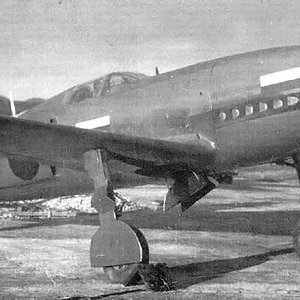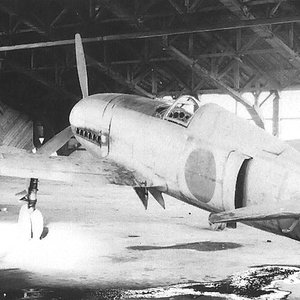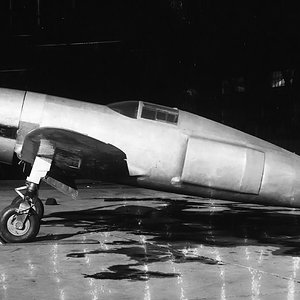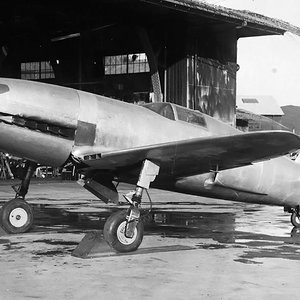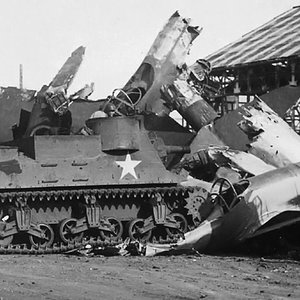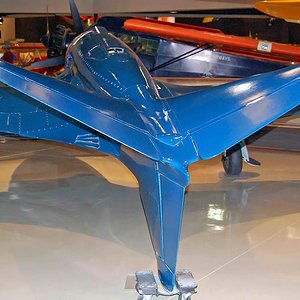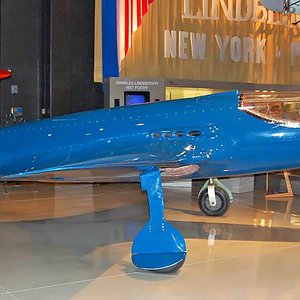Navigation
Install the app
How to install the app on iOS
Follow along with the video below to see how to install our site as a web app on your home screen.
Note: This feature may not be available in some browsers.
More options
You are using an out of date browser. It may not display this or other websites correctly.
You should upgrade or use an alternative browser.
You should upgrade or use an alternative browser.
Not 20's 0r 30's but did not now were to put it.
The Ki-78 was an all-metal, low wing monoplane of conventional layout. The small streamlined fuselage was made as narrow as possible and was 26 ft 7 in (8.1 m) long. The wings possessed a laminar flow airfoil with a span of 26 ft 3 in (8 m) and an area of 118.403 sq ft (11 sq m). To reduce landing speed and improve low-speed handling, the wings incorporated drooping ailerons along with a combination of Fowler and split flaps, which was a first for a Japanese aircraft. When the Fowler flaps were deployed, the split flaps opened simultaneously to a similar extent. When the flaps were fully deployed, the ailerons automatically drooped down 10 degrees.
Factory fresh and unpainted view of the Ki-78. The aircraft is missing its outer gear doors and there is no horn-balance on the elevator.
Power for the Ki-78 was provided by a Daimler-Benz DB 601A inverted V-12 engine driving a three-blade metal propeller. There is some question as to whether the engine was an imported German-built DB 601 or a license-built Kawasaki copy (Ha-40 Army Type 2), but it was most likely an imported German engine. Regardless, the DB-601 had a 5.91 in (150 mm) bore and 6.30 in stroke (160 mm), giving a total displacement of 2,070 cu in (33.9 L). It produced 1,175 hp at 2,500 rpm. The engine in the Ki-78 included a water-methanol injection system (another Japanese first) to boot the power output to 1,550 hp for short periods. The aircraft carried 66 gal (250 L) of fuel and 16 gal (60 L) of water-methanol.
The Ki-78 was an all-metal, low wing monoplane of conventional layout. The small streamlined fuselage was made as narrow as possible and was 26 ft 7 in (8.1 m) long. The wings possessed a laminar flow airfoil with a span of 26 ft 3 in (8 m) and an area of 118.403 sq ft (11 sq m). To reduce landing speed and improve low-speed handling, the wings incorporated drooping ailerons along with a combination of Fowler and split flaps, which was a first for a Japanese aircraft. When the Fowler flaps were deployed, the split flaps opened simultaneously to a similar extent. When the flaps were fully deployed, the ailerons automatically drooped down 10 degrees.
Factory fresh and unpainted view of the Ki-78. The aircraft is missing its outer gear doors and there is no horn-balance on the elevator.
Power for the Ki-78 was provided by a Daimler-Benz DB 601A inverted V-12 engine driving a three-blade metal propeller. There is some question as to whether the engine was an imported German-built DB 601 or a license-built Kawasaki copy (Ha-40 Army Type 2), but it was most likely an imported German engine. Regardless, the DB-601 had a 5.91 in (150 mm) bore and 6.30 in stroke (160 mm), giving a total displacement of 2,070 cu in (33.9 L). It produced 1,175 hp at 2,500 rpm. The engine in the Ki-78 included a water-methanol injection system (another Japanese first) to boot the power output to 1,550 hp for short periods. The aircraft carried 66 gal (250 L) of fuel and 16 gal (60 L) of water-methanol.

